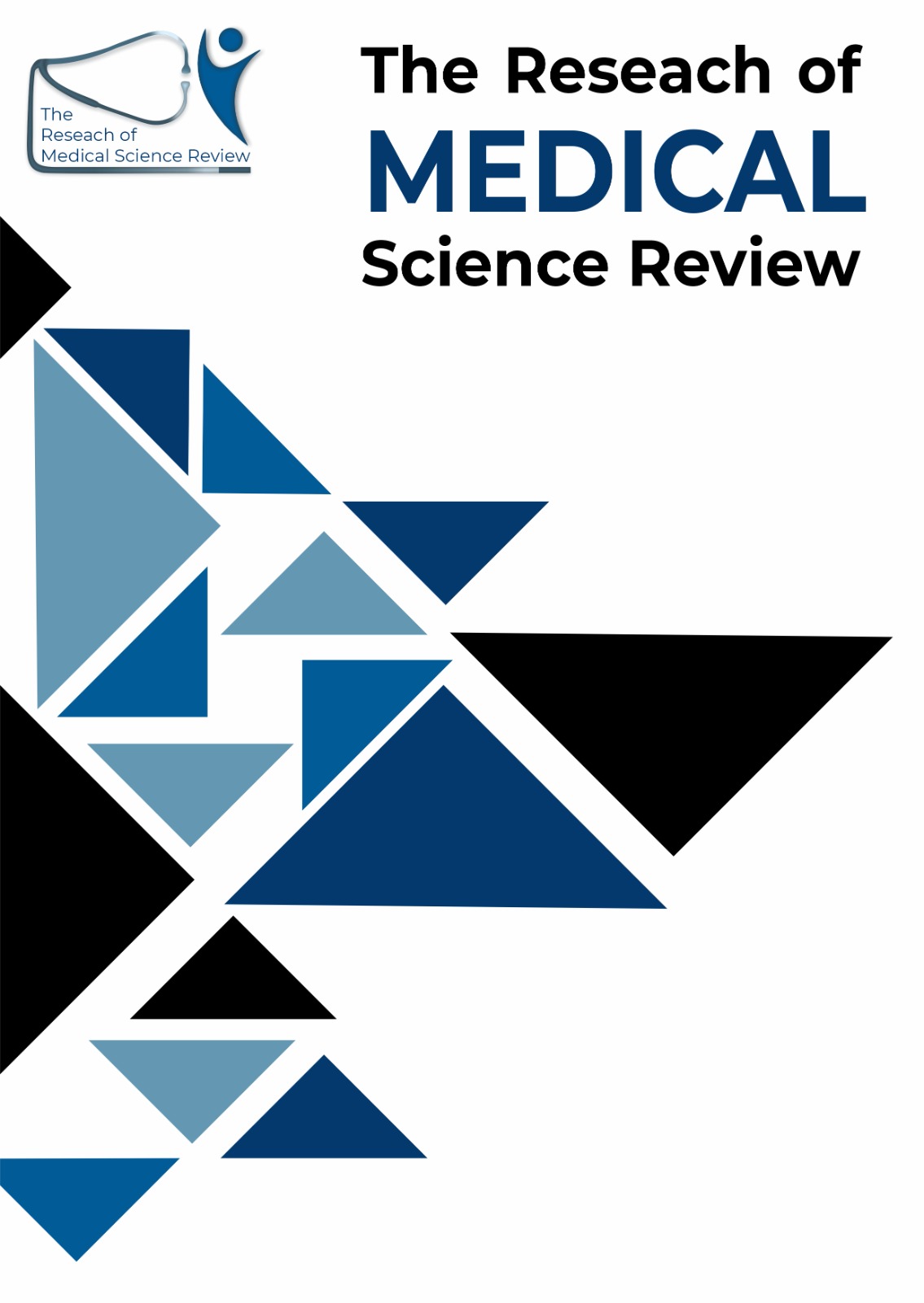ISOLATION, IDENTIFICATION AND ANTIMICROBIAL SUSCEPTIBILITY PATTERN OF SALMONELLA, E. COLI, AND S. AUREUS FROM RAW MEAT OF CHICKEN AND MUTTON IN BAHRAIN SWAT
Main Article Content
Abstract
Background: There has been an increase interest in consumption of meat in many countries in recent years. It might, however, serve as a route for foodborne antibiotics resistant bacteria. Mutton and chicken are the most popular foods in Pakistan.
Objective: The purpose of this study was to ascertain the antibiotic resistance and prevalence of foodborne pathogens, including Salmonella, E.coli, and Staphylococcus aureus from raw meat of chicken and mutton.
Materials and method: The current study was carried out at the department of Microbiology Government college Madyan swat from august 2023 to May 2024. A total of 52 samples of raw meat (26 Mutton and 26 Chicken) were collected from different regions of tehsil Bahrain for the isolation and antibigram of Salmonella, E. coli, and S. aureus. These samples were inoculated on selective media and incubated for 24 hours for bacterial growth. Each bacteria was identified through gram staining and biochemical tests. For the isolates, antibiotic sensitivity testing using the Kirby Bauer's disc diffusion method was carried out using commercially available antibiotics on Muller-Hinton agar discs (MHA).
Results: A total of 52 raw meat samples (26 from chicken and 26 from mutton) were examined in this study. Out of which 46 samples (88.6%) (23 chicken and 23 Mutton) showed bacterial growth which were further included in this study while culture negative were excluded. The most common bacteria isolated were from raw meat of chicken was E. coli (34.7%) followed by Salmonella typhi (21.73%) and Staphylococcus aureus (8.6%) respectively. Similarly raw meat of mutton also showed highest growth of E.coli (30.4%), Salmonella (26.0%) and S.aureus (15.2%). The antimicrobial susceptibility profiles of the E.coli showed that all isolates were 100% sensitive to nitrofurantoin, ceftriaxone, nalidixic acid, and ciprofloxacin but were resistant to tetracycline (29.4%), streptomycin (26.4%) and cefoxitin (11.5%) correspondingly. Similarly salmonella species were 100% sensitive to Nalidixic acid and Nitrofurantoin and resistant to cefoxitin, (54.5%) tetracycline (18.1%), and gentamycin (9%), respectively. The antibiotic susceptibility profiles of the isolates showed that the isolates were (69.2%) and (7.6%) resistant to Penicillin G and Erythromycin, respectively. On the other hand, all isolates were 100% sensitive to cefoxitin, nitrofurantoin, and gentamicin.
Conclusion: It is possible for consumers to get different infections from meat. E. coli, Salmonella, and S. aureus were identified in mutton and raw chicken meat samples, suggesting a significant risk of food safety issues. The results of the study demonstrated that pathogenic bacteria resistant to antibiotics may be present in raw chicken meat and mutton, presenting a significant risk to public health.
Downloads
Article Details
Section

This work is licensed under a Creative Commons Attribution-NonCommercial-NoDerivatives 4.0 International License.
